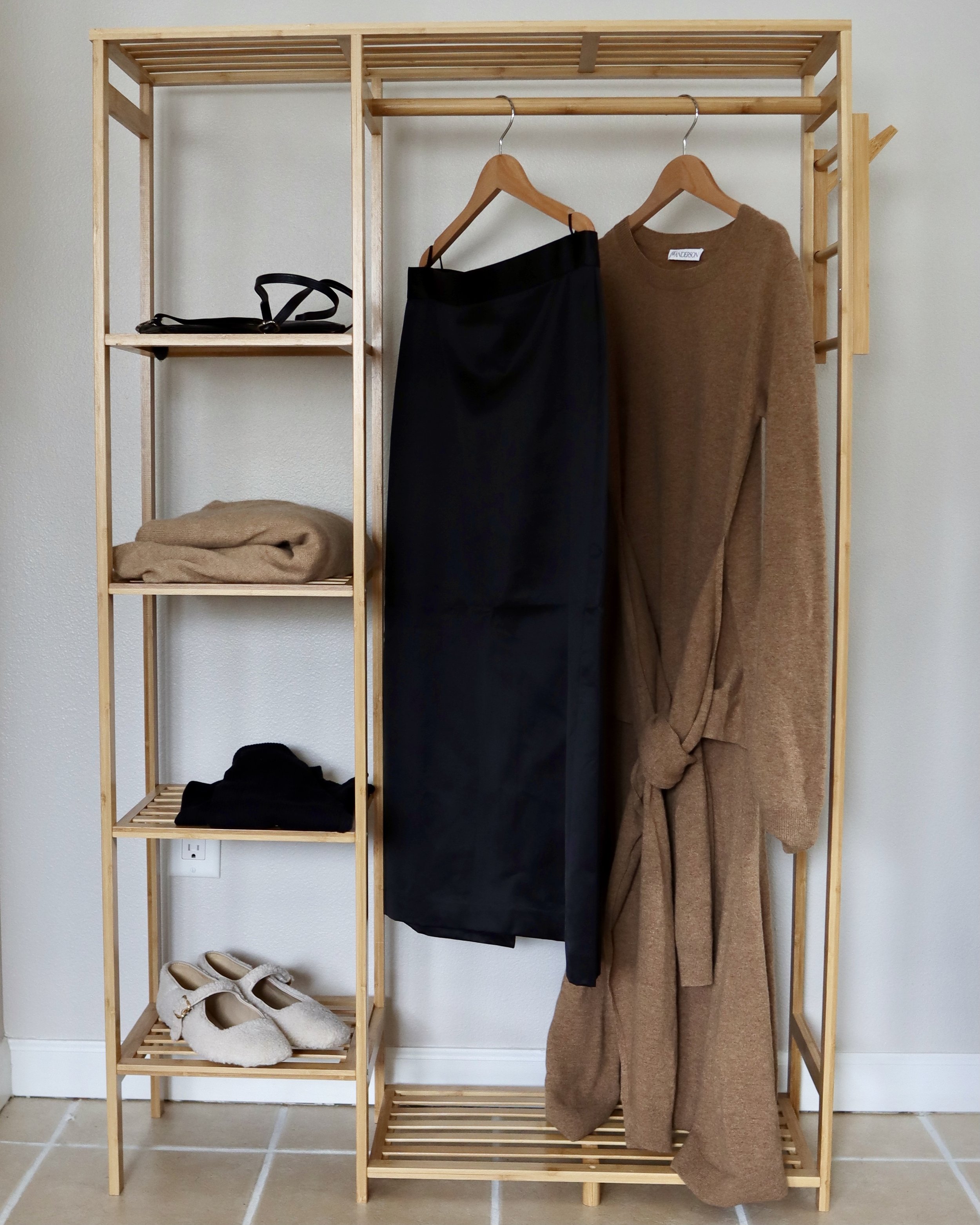For years I’ve been reading “buy less, but better” and “buy quality, not quantity” which always made sense to me, because in buying low quality things, most likely they will require replacing sooner, but in practice I haven’t found it to be so useful, and I think it might even be untrue. Some reasons I dislike this phrase include:
Seeking quality doesn’t always beget quality or satisfaction. “Quality” can be tricky. Some things that seem higher quality wear out faster, are higher maintenance, and have to be replaced more often.
“Better” encourages optimization instead of satisfaction and can lead to more shopping and more buying in pursuit of “better”
Focusing on the items instead of my emotional state puts stuff and consumption front and center instead of me and my contentment
Many of my arguably lower quality items have been hardier, lasted longer, and felt less precious, thus getting more use. I also think the emphasis on buying less but better keeps the focus on stuff and management of stuff, feeding into materialism. I have personally found more success and satisfaction in my wardrobe when focusing on feeling- how I feel in things, how I feel about things, and keeping personal style, well, personal.
“Buy less, feel happier” would have more emotional appeal, and I think it is likely true, but I think the phrasing feeds into the beast- seeking some kind of joy, happiness, catharsis through purchases instead of accepting contentment- seeking perfection and optimization over good enough and what will satisfice.
Buying less feels satisfying because:
Voluntary constraints and limitations increase satisfaction and increase creativity. Creativity is at the heart of personal style. Creativity is making more from less, not buying more to make more.
More shopping creates decision fatigue and unnecessary stress. Choose when to choose. Create voluntary restraints around when to shop, how much to shop for, and what to shop for.
Gratitude for what I have increases satisfaction. Focusing on what I don’t have and/or comparing myself to others increases dissatisfaction.
“Good enough” really can be. Also accept that “mistakes” will always happen with purchases. I can’t know if something will be good enough (and not distracting) until I have lived with it for a while. My ratio of good enough purchases might be improved, but is another thing that can’t be perfected- I will accept a good enough ratio of my good enough purchases.
Frequent use of my things feels good to me. Having things I don’t use and that in effect just get in the way and act as clutter, feels bad.
Setting a number or even a goal range of just how much “less” means might be useful. Buying 5 things a year (the study / article summary) or having 10 outfits a year are both numbered approaches. I think being very honest with oneself and feeling through purchases with a desire to not overbuy can also work as an approach.
Is this something you think about? Are you trying to buy less? Do you set a number goal? Have you figured out what is satisfying for you in your wardrobe and purchases?
A big caveat to buying less, is that it is only possible when you have a functional wardrobe with all of your life needs covered. I have been purchasing more this year (more than 5 items or 5 outfits for the year) so far and I’m quite satisfied with that, because I am 2-3 sizes larger after my second baby, and having things to wear that I like and that fit well feels good.
I like so much of what is available right now. Some years it feels like I don’t like anything that is available, but this 90s revival has me wanting everything, because 90s minimalism isn’t a trend for me- I’ve loved it and worn it in cycles since the 90s. My current personal style overlaps best with 90s minimalism and Magic queen as subtype, drifting into Nyx sometimes too. Despite liking everything, I’m still being choosy with what I actually buy, and perhaps that’s part of why it feels satisfying. It’s certainly more satisfying to get to be choosy when so many options look great rather than trying to make do with options that are all uninspiring. I’m feeling content in my goal of having a good enough base wardrobe with and around which I get to be creative. How is your style and wardrobe looking so far in 2024?








